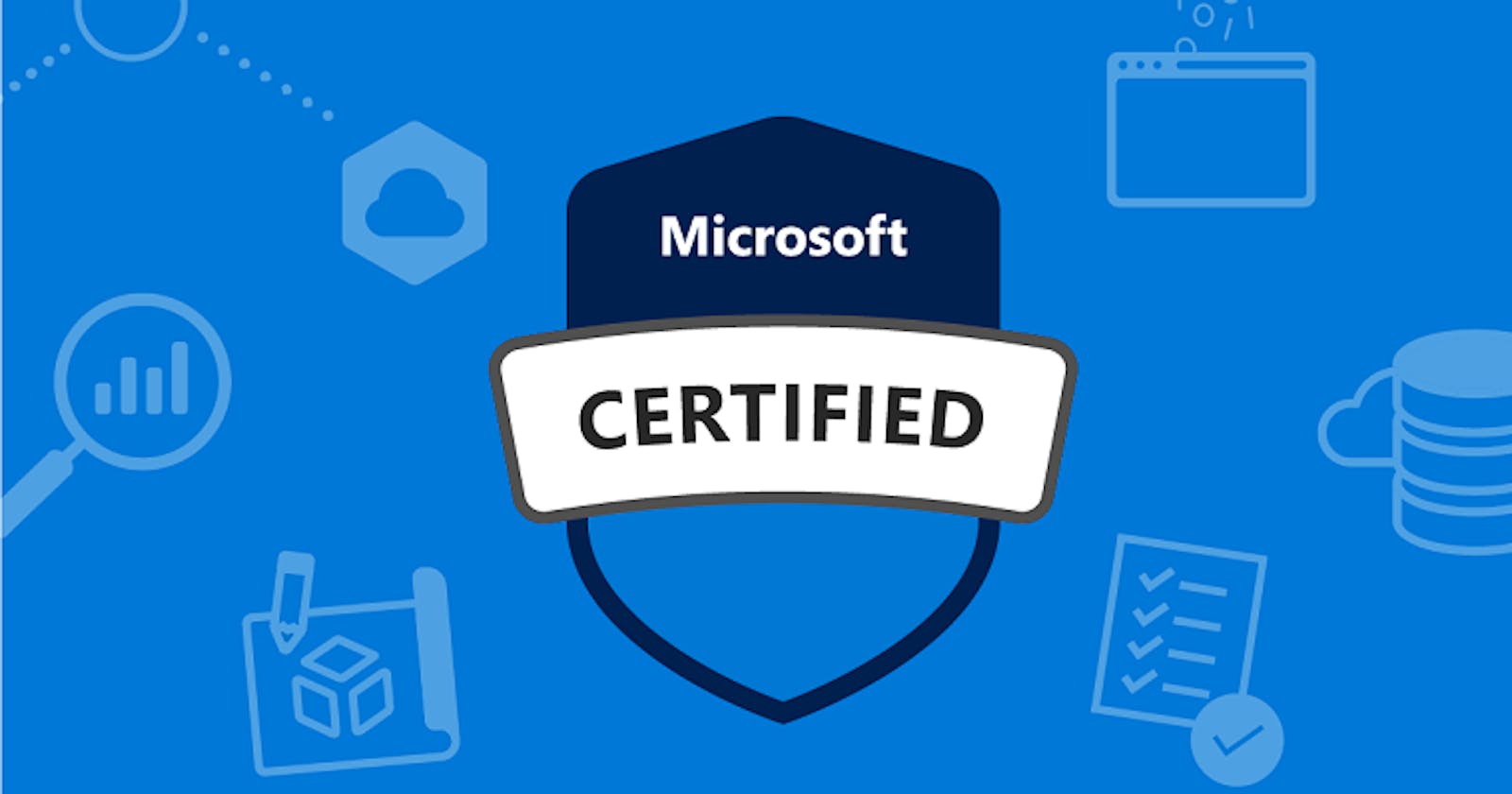Azure DP-900 Short Notes: Explore non-relational data offerings in Azure
👉When data is too varied and difficult to model and when there are no inherited relationships within data, use non-relational data repositories to store such data.
Azure Table Storage
👉NoSQL key-value model non-relational database.
👉Create within azure storage account.
👉In an Azure Table Storage table, items are referred to as rows, and fields are known as columns.
👉Each row has a key and columns can vary.
👉Data stored is de-normalized.
👉Splits a table into partitions for grouping related rows, based on a common property or partition key.
👉Partitions help to improve the searching speed of data.
Azure Blob Storage
👉Store massive amounts of unstructured data, or blobs, in the cloud.
👉Support three types of blob.
- Block blobs = Store data such as images that do not change frequently.
- Page blobs = As virtual disk storage for virtual machines.
- Append blobs = For append operations such as writing log files.
👉Blobs are created within containers in the storage account.
👉Three access tiers
- Hot tier
- Cool tier
- Archive tier
Azure File Storage
👉Create file shares in cloud and access from anywhere with an internet connection.
👉Create within azure storage account.
👉Uses Server Message Block 3.0 (SMB) protocol.
👉Applications running on-premise or in the cloud can access file storage.
👉Upload files to file storage through azure portal or AzCopy utility.
👉Data is replicated locally within a region, but can also be geo-replicated to a second region.
👉Azure File Storage offers two performance ties.
- Standard tier - HD
- Premium tier - SSD
Azure Cosmos DB
👉Multi-model NoSQL database management system.
👉Manages data as a partitioned set of documents.
👉A document is a collection of fields, identified by a key.
👉Multiple APIS to access documents.
- SQL API
- Table API
- MongoDB API
- Cassandra API.
- Gremlin API
👉Documents in a Cosmos DB database are organized into containers.
👉The documents in a container are grouped together into partitions.
👉A partition holds a set of documents that share a common partition key.

